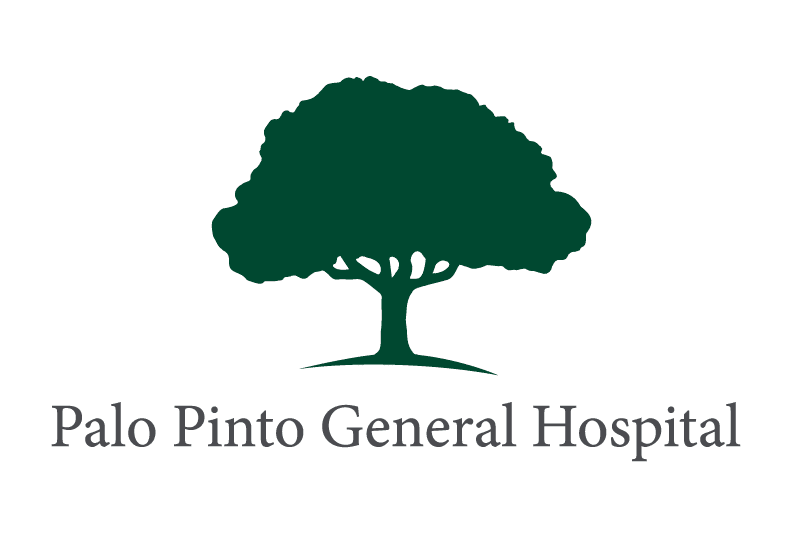
September is Pain Awareness Month!

Carla Hay-Perdue, DNP, APRN, FNP, ANP-BC, NC-BC
Community Education Coordinator/ Family Nurse Practitioner at Palo Pinto General Hospital
September 1, 2021
Chronic pain is one of the most challenging conditions to experience and treat. The pain reduces the quality of every aspect of life.
Jeannie has arthritic pain. She aches during the night and sometimes has to get up to take pain medication to sleep. She doesn’t do any physical activity anymore because of joint pain, and her social life suffers too! The pain medication makes her tired and too draggy to function. In addition, her thoughts about the disability from the isolation and pain produce feelings of anxiety and depression, further aggravating her pain.
Mary has been diagnosed with fibromyalgia. She experiences chronic pain, fatigue, poor sleep, anxiety, and depression. Like Jeannie, her quality of life is also severely affected.
Pain is an unpleasant sensory and emotional experience from actual or potential tissue damage (Taber’s Cyclopedic Medical Dictionary). A person’s physical and emotional health, social environment, and cultural upbringing all affect pain perception.
What if there were lifestyle factors that could help reduce chronic effects and increase your energy!
Research shows that there are things we can do naturally that will decrease the inflammation in the body and reduce pain. Here are just a few.
- Diet: A lot of chronic pain is the result of chronic inflammation. Research shows that a plant slanted Mediterranean diet or vegetarian diet is effective in pain reduction for chronic pain such as those with fibromyalgia, arthritis, and low back pain. Foods rich in antioxidants can have an anti-inflammatory effect that helps soothe the pain. Eat a rainbow of fruits and vegetables. Add nuts, legumes, and whole grains to help decrease the inflammation. Avoid inflammatory foods like soda, foods with added sugar, high-fructose corn syrup, processed and red meat, white flour, and other refined carbohydrates. Drinking water is also helpful because dehydration can worsen symptoms of chronic pain.
- Physical Activity: Physical activity is valuable in preventing and treating a variety of conditions. Conventional exercises include aerobics strength, flexibility, and balance training. These exercises help improve endurance, strengthen the core, loosen tight muscles and improve coordination. Work with your provider and physical therapist to find activities that are right for you and that you enjoy.
- Mind-body: or integrative movements, are also a type of exercise that can help. This exercise combines specialized movements, controlled breathing, and mental focus to improve health, balance, flexibility, and strength. These exercises include Yoga, Tai Chi, and Qigong.
- Sleep: We need 6 to 8 hours of sleep per night. Sometimes this is hard to do. Create a sleep-friendly environment by making the room dark, quiet and cool. Use a supportive pillow and avoid bright lights and intense activities near bedtime. Getting sunshine during the day also improves the sleep quality at night.
- Decrease Stress: Stress and pain go hand in hand. Acute and intense stress can result in a short-term suppression of pain to allow for the fight or flight of the stress response and improve our survival. On the other hand, prolonged or chronic stress or future-oriented anxiety or depression leads to an increased pain sensation. Depression occurs in up to 80% of patients with chronic pain. If combined with anxiety, it becomes even more disabling (Finn, D. 2017). Find ways to decrease stress every day such as meditation, prayer, deep breathing, laughter, visiting with friends, creating art, etc.
- Other things that can be done:
- Keeping a pain journal can help identify triggers that make pain better or worse.
- Message therapy can relax tight muscles which helps to relax and decrease pain.
- Acupuncture works to balance energy channels in the body and has been used effectively in pain management.
- Biofeedback helps in relaxation and enables you to respond differently to pain.
- TENS unit is a portable device that attaches to your skin and uses mild electrical signals to help control pain.
A partnership with your provider is important in pain management. Discuss options for medication and lifestyle management to keep pain under control.
References:
Altug, Z. (2021) Lifestyle medicine for chronic lower back pain: An Evidence-Based Approach. American Journal of Lifestyle medicine, 15 (4): 425-433.
Finn, D. (2017). The impact of stress on pain. Physiology News Magazine. Retrieved from The impact of stress on pain – The Physiological Society (physoc.org)
Stewart,R. (2018). Rheumatoid Arthritis –Prevention and treatment with a plant-based diet. Orthopedics and Rheumatology Open access Journal, 13 (1). 1-5.
Omer, E., Sevilay, T., Deliens, T., Coppieters, I. et al. (2020). Do Nutritional Factors Interact with Chronic Musculoskeletal Pain? A systematic Review. Journal of Clinical medicine. 9 (3) 1-23.
